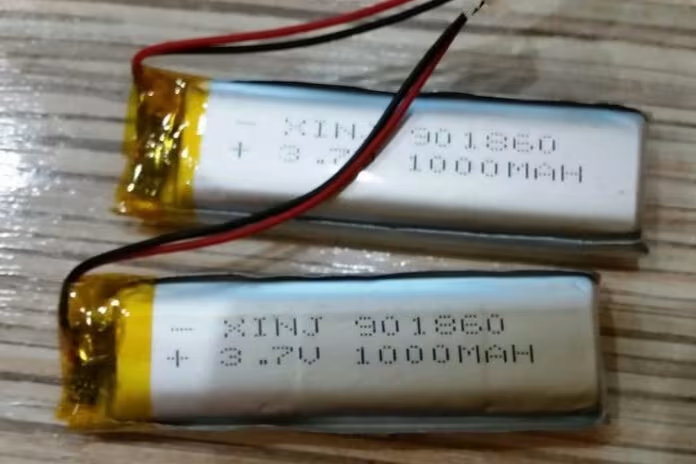- The Evolution of Metal Detecting Techniques in 2025
- Game-Changing Metal Detecting Techniques from Experts in the Field
- Advanced Metal Detector Technology Redefines Treasure Hunting
- The Science of Treasure Hunting Success
- Advanced Features of Metal Detectors Redefine Treasure Hunting
- Master Techniques of Metal Detecting to be a Success
- Metal Detecting Techniques for Diverse Terrains
The Evolution of Metal Detecting Techniques in 2025
For treasure hunters and metal detecting enthusiasts over generations, there was a rule stuck in their heads: swing low and slow. This fundamental metal detecting method, passed generation after generation of coin shooter and relic hunter, was metal detecting’s secret to treasure hunting success. But what if everything you’ve been told you know about metal detecting was going to be put on its head?
Game-Changing Metal Detecting Techniques from Experts in the Field

Meet the visionaries of a metal detecting revolution that is turning this time-hallowed advice on its head. Right at the vanguard is Gori Chev, owner of XP Metal Detectors and designer of the XP Deus range, who launched a bombshell that is causing shockwaves across the detecting scene. His revolutionary metal detecting tip? Avoid sweeping too close to ground level. Keep your coil between 2-4 inches higher up for maximum recognition of targets.
Advanced Metal Detector Technology Redefines Treasure Hunting
This is a shock to the system in comparison to the old stereotype of detectorist hunched over their machine, be it a Minelab Equinox, Garrett ACE, or Nokta Makro metal detector. The reasoning behind this new metal detecting method is surprisingly easy to get one’s head around yet profound in its implications: the more you get to ground level, the more interference deters your detector’s ground balance and discrimination.
The Science of Treasure Hunting Success

Think back to old metal detectors such as CTX 3030 or Minelab Safari, devices that required exact ground balance and finicky discrimination settings to be just right. In those days, sweeping low and slow was not a metal detecting method – it was a need to receive a good target ID. The older processors demanded that careful sweep to discriminate between treasure and trash.
Advanced Features of Metal Detectors Redefine Treasure Hunting

Today’s advanced metal detectors, their high-tech multi-frequency capabilities and sophisticated filtering systems, revolutionize treasure hunting. The XP Deus 2 and Minelab’s range of Equinox detectors show it to perfection – small, wireless, high-speed capable. Professional metal detector hobbyists can carry their devices easily around, sweeping more ground without sacrificing excellent depths or precision.
Master Techniques of Metal Detecting to be a Success
The keys to successful metal detecting in 2025 are not more rules to obey anymore – it’s learning to love your unique detector’s capabilities. Whether you metal detect on a beach, hunt artifacts in old digs, or coin hunt in a park, different detectors work better in different terrains.
Metal Detecting Techniques for Diverse Terrains
For treasure hunting highly hunted terrain or trashy cities, newer models that provide adjustable recovery speeds or “reactivity” settings enable you to adapt your metal detecting style to your terrain. Higher settings work better in bottle cap-dense fields, lower settings work better in clean rural areas – it’s smarter, not slower.
As we get used to these new metal detection technologies, one thing is certain: treasure hunting is all about keeping up to date with technology. The “low and slow” days, though a staple of our hobby, are giving way to newer metal detection technologies that enable you to detect more gold, silver, relics, and coins.
Whether you’ve just gotten into metal detecting or you’ve been a treasure hunter for a year or two, this new approach is promising. The next time you metal detect, raise that coil up a few inches higher and move it a little more swiftly. Treasures in the ground just may be waiting for you to take advantage of these new metal detection technologies.

My name is Paul and I am the founder of Detector For Metal, a dedicated resource for metal detecting enthusiasts seeking to uncover historical treasures and connect with the past using the latest technology. As a stay-at-home dad and family man, I’ve found metal detecting to be the perfect hobby that combines family adventure with historical learnings for the whole family.
As a father, I’m deeply committed to passing on this hobby to the next generation of detectorists, starting with my own children. I share advice on everything from metal detecting with kids to exploring the top 10 metal detecting sites you never thought about. My methodical approach to the hobby goes beyond the thrill of discovery—it’s about creating family traditions while preserving history and sharing the stories of those who came before us.


